New York University Facilities Management
Washing in the Outer Hebrides 🎶 pic.twitter.com/3WbpVpviyg
— Fraser. (@frasercontra) August 10, 2023

New York University Facilities Management
Washing in the Outer Hebrides 🎶 pic.twitter.com/3WbpVpviyg
— Fraser. (@frasercontra) August 10, 2023
Today we take a cross cutting review of all the literature (codes, standards, guidelines, laws) that informs safe and sustainability occupancy load, means of egress, illumination, ambient air, plumbing, electric, communication and acoustics in classrooms.
Keen on your thoughts… https://t.co/IqI87vuVTz
And I’d love to see your classroom layout/displays if you want to share! Tag with #CanvasForThought pic.twitter.com/qZwxAaa6jm— 𝗗𝗿 𝗡𝗮𝘁𝗵𝗮𝗻𝗶𝗲𝗹 𝗦𝘄𝗮𝗶𝗻 (@NathanielRSwain) July 17, 2024
1. Building Codes
2. Fire and Life Safety Codes
3. Accessibility Standards
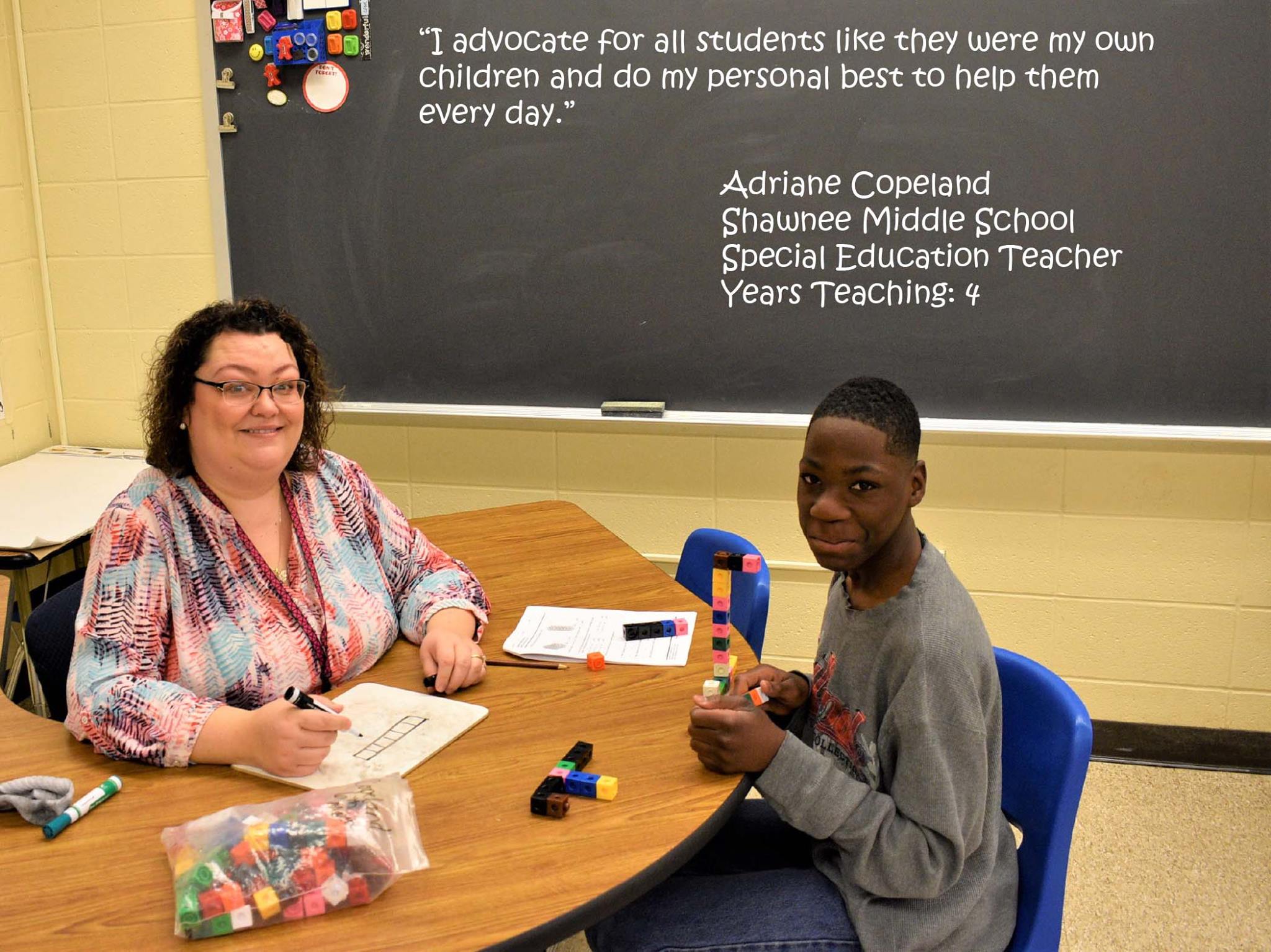
4. Environmental and Health Standards
5. Structural Standards
6. Plumbing and Mechanical Codes
7. Electrical Standards
8. Educational Specifications and Guidelines
9. Safety and Security Standards
10. Sustainable Design Standards
11. Maintenance Standards
12. Other Relevant Standards
Local Considerations
Another public jubilation pic.twitter.com/dmQc6IBVbK
— Chelsea Finest💙💙😍 (@finest_che2325) July 20, 2024
“Big Brother is watching you.”
“Always the eyes watching you and the voice enveloping you. Asleep or awake, working or eating, indoors or out of doors, in the bath or in bed—no escape. Nothing was your own except the few cubic centimeters in your skull.”
“At any rate, they could plug in your wire whenever they wanted to. You had to live—did live, from habit that became instinct—in the assumption that every sound you made was overheard, and, except in darkness, every movement scrutinized.”
“It was terribly dangerous to let your thoughts wander when you were in any public place or within range of a telescreen. The smallest thing could give you away.”
Hard upon conclusion of the fall semester, educational settlements ebb in population as students return to their home fires.
Today we pull together best practice in the systems — the people and the technologies — that sustain campus safety and stability during the Thanksgiving, Christmas and New Year holidays.
Join us at 16:00 UTC with login credentials at the upper right of our home page.
Electronic Communications Privacy Act (ECPA) of 1986:
Builders Hardware Manufacturers Association A156.25 – 2023 Electrified Locking Systems
Open Network Video Interface Forum
IEC 62676-1-1: Video surveillance systems for use in security applications
ANSI C136 Series – Standards for Roadway and Area Lighting Equipment
Park Point University Campus Security
Educational and Day-Care Occupancies (July 23, 2025 Second Draft Transcript)
The Life Safety Code addresses those construction, protection, and occupancy features necessary to minimize danger to life from the effects of fire, including smoke, heat, and toxic gases created during a fire. It is widely incorporated by reference into public safety statutes; typically coupled with the consensus products of the International Code Council. It is a mighty document — one of the NFPA’s leading titles — so we deal with it in pieces; consulting it for decisions to be made for the following:
(1) Determination of the occupancy classification in Chapters 12 through 42.
(2) Determination of whether a building or structure is new or existing.
(3) Determination of the occupant load.
(4) Determination of the hazard of contents.
There are emergent issues — such as active shooter response, integration of life and fire safety systems on the internet of small things — and recurrent issues such as excessive rehabilitation and conformity criteria and the ever-expanding requirements for sprinklers and portable fire extinguishers with which to reckon. It is never easy telling a safety professional paid to make a market for his product or service that it is impossible to be alive and safe. It is even harder telling the dean of a department how much it will cost to bring the square-footage under his stewardship up to the current code.
The 2021 edition is the current edition and is accessible below:
NFPA 101 Life Safety Code Free Public Access
Public input on the 2027 Revision will be received until June 4, 2024. Public comment on the Second Draft 2027 Revision will be received until March 31, 2026.
Since the Life Safety Code is one of the most “living” of living documents — the International Building Code and the National Electric Code also move continuously — we can start anywhere and anytime and still make meaningful contributions to it. We have been advocating in this document since the 2003 edition in which we submitted proposals for changes such as:
• A student residence facility life safety crosswalk between NFPA 101 and the International Building Code
• Refinements to Chapters 14 and 15 covering education facilities (with particular attention to door technologies)
• Identification of an ingress path for rescue and recovery personnel toward electric service equipment installations.
• Risk-informed requirement for installation of grab bars in bathing areas
• Modification of the 90-minute emergency lighting requirements rule for small buildings and for fixed interval testing
• Modification of emergency illumination fixed interval testing
• Table 7.3.1 Occupant Load revisions
• Harmonization of egress path width with European building codes
There are others. It is typically difficult to make changes to stabilized standard though some of the concepts were integrated by the committee into other parts of the NFPA 101 in unexpected, though productive, ways. Example transcripts of proposed 2023 revisions to the education facility chapter is linked below:
Chapter 14 Public Input Report: New Educational Occupancies
Educational and Day Care Occupancies: Second Draft Public Comments with Responses Report
Since NFPA 101 is so vast in its implications we list a few of the sections we track, and can drill into further, according to client interest:
Chapter 3: Definitions
Chapter 7: Means of Egress
Chapter 12: New Assembly Occupancies
Chapter 13: Existing Assembly Occupancies
Chapter 16 Public Input Report: New Day-Care Facilities
Chapter 17 Public Input Report: Existing Day Care Facilities
Chapter 18 Public Input Report: New Health Care Facilities
Chapter 19 Public Input Report: Existing Health Care Facilities
Chapter 28: Public Input Report: New Hotels and Dormitories
Chapter 29: Public Input Report: Existing Hotels and Dormitories
Chapter 43: Building Rehabilitation
Annex A: Explanatory Material
As always we encourage front-line staff, facility managers, subject matter experts and trade associations to participate directly in the NFPA code development process (CLICK HERE to get started)
![]()
NFPA 101 is a cross-cutting title so we maintain it on the agenda of our several colloquia —Housing, Prometheus, Security and Pathways colloquia. See our CALENDAR for the next online meeting; open to everyone.
Issue: [18-90]
Category: Fire Safety, Public Safety
Colleagues: Mike Anthony, Josh Elvove, Joe DeRosier, Marcelo Hirschler
More
When lives are at stake, alternative approaches are welcome. #LifeSafety #AlternativeApproaches #Code #NFPA101 @NFPA
https://t.co/JvWyyZtuLP— ANSI (@ansidotorg) December 20, 2018
2024 Update to ASHRAE Position Statements
List of Titles, Scopes and Purposes of the ASHRAE Catalog
The parent title of this standard is ASHRAE Standard 90.1: Energy Standard for Buildings Except Low-Rise Residential Buildings and is continually under revision; frequently appearing in electrical engineering design guidelines, construction specifications, commissioning and O&M titles in our industry and others.
ASHRAE 90.4 defines an alternate compliance path, specific to data centers, while the compliance requirements for “non-data center” components are contained in ASHRAE 90.1 . The 90.4 structure also streamlines the ongoing maintenance process as well ensures that Standards 90.1 and 90.4 stay in their respective lanes to avoid any overlap and redundancies relating to the technical and administrative boundaries. Updates to ASHRAE 90.1 will still include the alternate compliance path defined in ASHRAE 90.4. Conversely the 2022 Edition of 90.4-2022 refers to ASHRAE 90.1-2022; cross-referencing one another synchronously
Links to noteworthy coverage from expert agencies on the 2022 revisions:
HPC Data Center Cooling Design Considerations
ASHRAE standard 90.4 updates emphasize green energy
ASHRAE updated its standard for data centers
How to Design a Data Center Cooling System for ASHRAE 90.4
Designing a Data Center with Computer Software Modeling
This title resides on the standing agenda of our Infotech 400 colloquium; hosted several times per year and as close coupled with the annual meetings of ASHRAE International as possible. Technical committees generally meet during these meetings make decisions about the ASHRAE catalog. The next all committee conference will be hosted January 20-24, 2024 in Chicago. As always we encourage education industry facility managers, energy conservation workgroups and sustainability professionals to participate directly in the ASHRAE consensus standard development process. It is one of the better facilities out there.
Start at ASHRAE’s public commenting facility:
Online Standards Actions & Public Review Drafts
Update: May 30, 2023
Proposed Addendum g makes changes to definitions were modified in section 3 and mandatory language in Section 6 to support the regulation of process heat and process ventilation was moved in the section for clarity. Other changes are added based on comments from the first public review including changes to informative notes.
Consultation closes June 4th
Update: February 10, 2023
The most actively managed consensus standard for data center energy supply operating in education communities (and most others) is not published by the IEEE but rather by ASHRAE International — ASHRAE 90.4 Energy Standard for Data Centers (2019). It is not required to be a free access title although anyone may participate in its development. It is copyrighted and ready for purchase but, for our purpose here, we need only examine its scope and purpose. A superceded version of 90.4 is available in the link below:
Third ISC Public Review Draft (January 2016)
Noteworthy: The heavy dependence on IEEE power chain standards as seen in the Appendix and Chapter 8. Recent errata are linked below:
We provide the foregoing links for a deeper dive “into the weeds”. Another addendum has been released for consultation; largely administrative:
ASHRAE 90.4 | Pages 60-61 | Consultation closes January 15, 2023.
It is likely that the technical committee charged with updating this standard are already at work preparing an updated version that will supercede the 2019 Edition. CLICK HERE for a listing of Project Committee Interim Meetings.
We maintain many titles from the ASHRAE catalog on the standing agenda of our Mechanical, Energy 200/400, Data and Cloud teleconferences. See our CALENDAR for the next online meeting; open to everyone.
Originally posted Summer 2020.
ASHRAE International has released four new addenda to its energy conservation consensus document ASHRAE 90.4-2016 Energy Standard for Data Centers. This document establishes the minimum energy efficiency requirements of data centers for design and construction, for the creation of a plan for operation and maintenance and for utilization of on-site or off-site renewable energy resources.
It is a relatively new document more fully explained in an article published by ASHRAE in 2016 (Click here). The addenda described briefly:
Addendum a – clarifies existing requirements in Section 6.5 as well as introduce new provisions to encourage heat recovery within data centers.
Addendum b – clarifies existing requirements in Sections 6 and 11 and to provide guidance for taking credit for renewable energy systems.
Addendum d – a response to a Request for Interpretation on the 90.4 consideration of DieselRotary UPS Systems (DRUPS) and the corresponding accounting of these systems in the Electrical Loss Component (ELC). In crafting the IC, the committee also identified several marginal changes to 90.4 definitions and passages in Section 8 that would add further clarity to the issue. This addendum contains the proposed changes for that aim as well as other minor changes to correct spelling or text errors, incorporate the latest ELC values into Section 11, and to refresh information in the Normative Reference.
Addendum e adds language to Section 11 intended to clarify how compliance with Standard 90.4 can be achieved through the use of shared systems.
Comments are due September 6th. Until this deadline you may review the changes and comment upon them by by CLICKING HERE
Education facility managers, energy conservation workgroups and sustainability professionals are encouraged to participate directly in the ASHRAE standard development process. Start at ASHRAE’s public commenting facility:
Online Standards Actions & Public Review Drafts
The ASHRAE catalog is a priority title in our practice. This title appears on the standing agenda of our Infotech sessions. See our CALENDAR for the next online meeting; open to everyone.
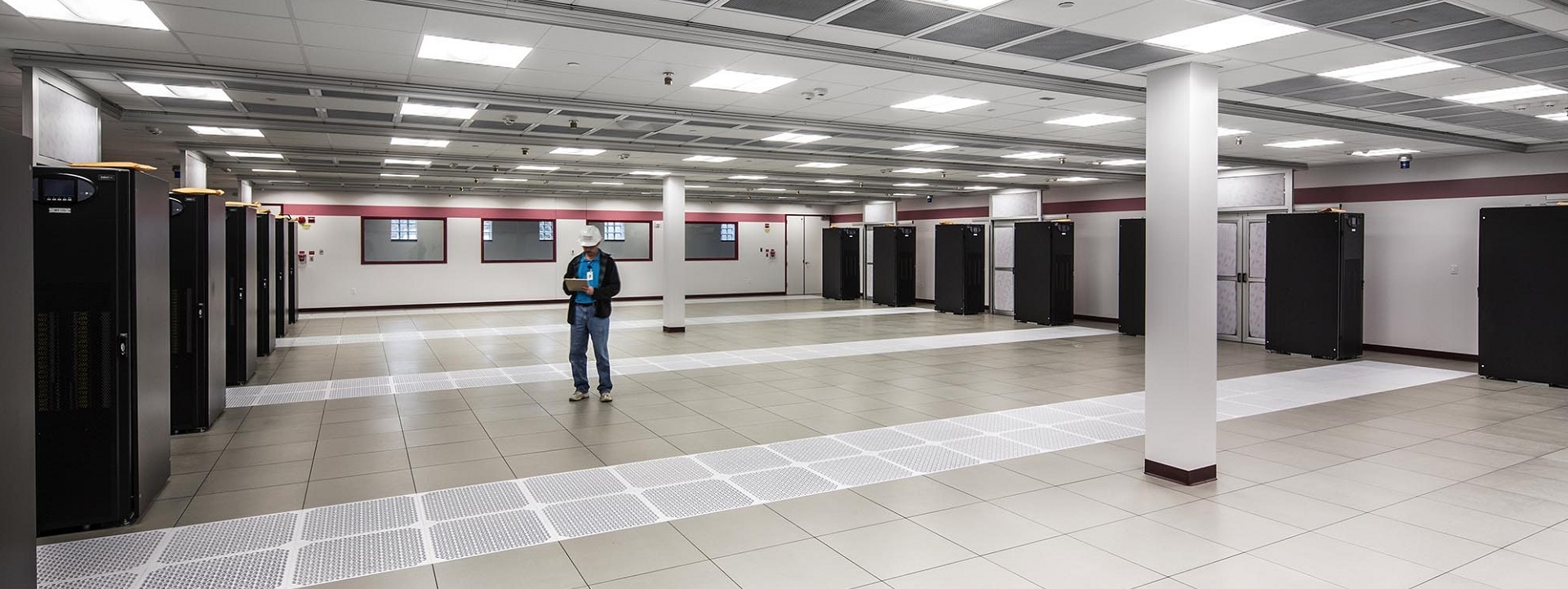

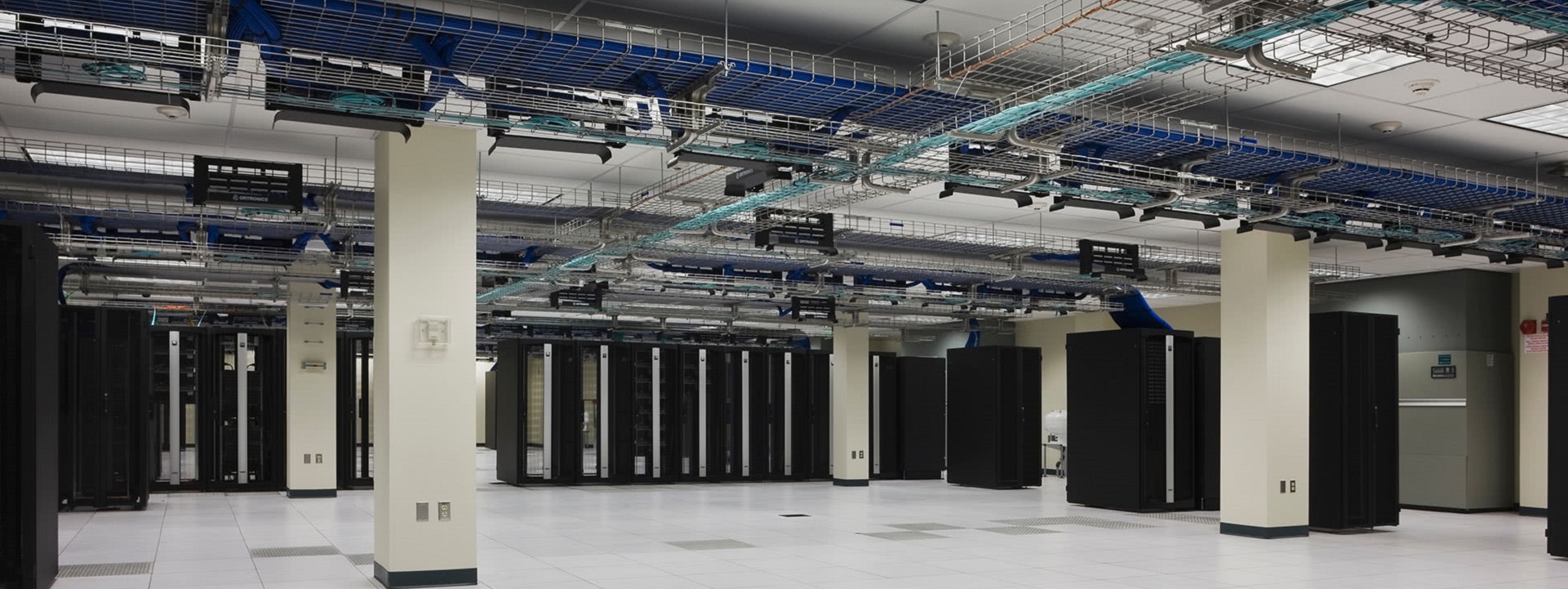
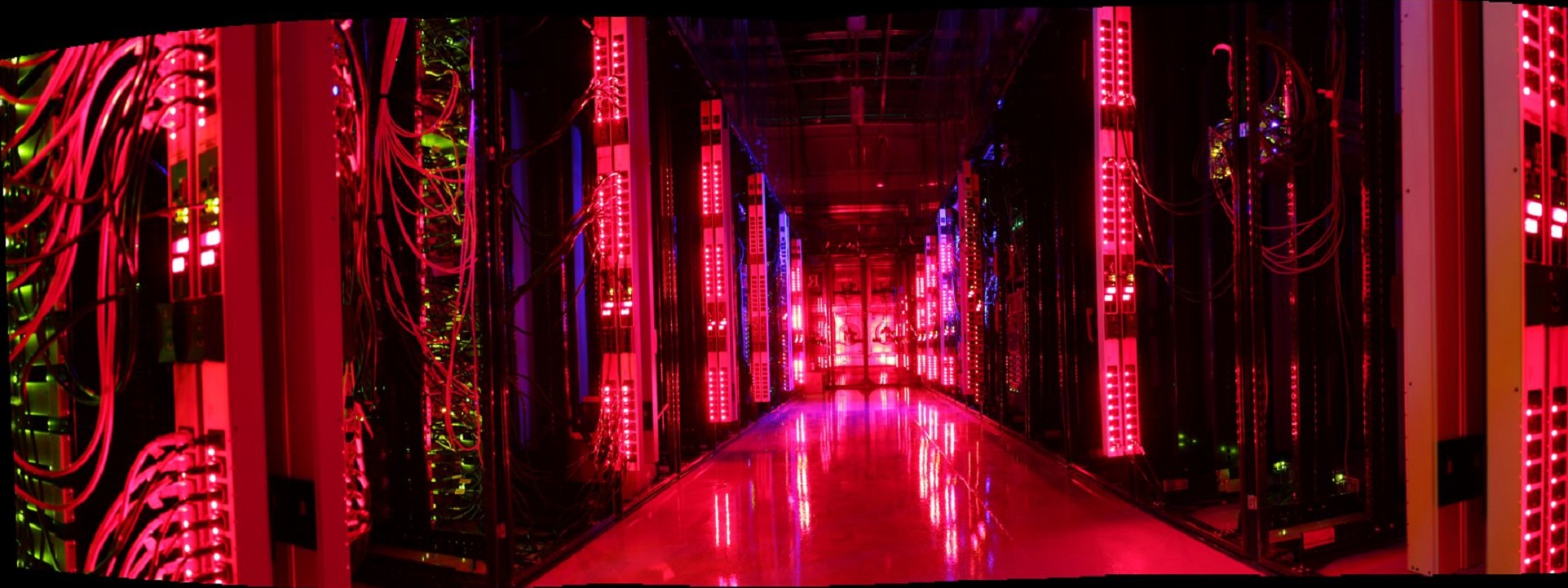
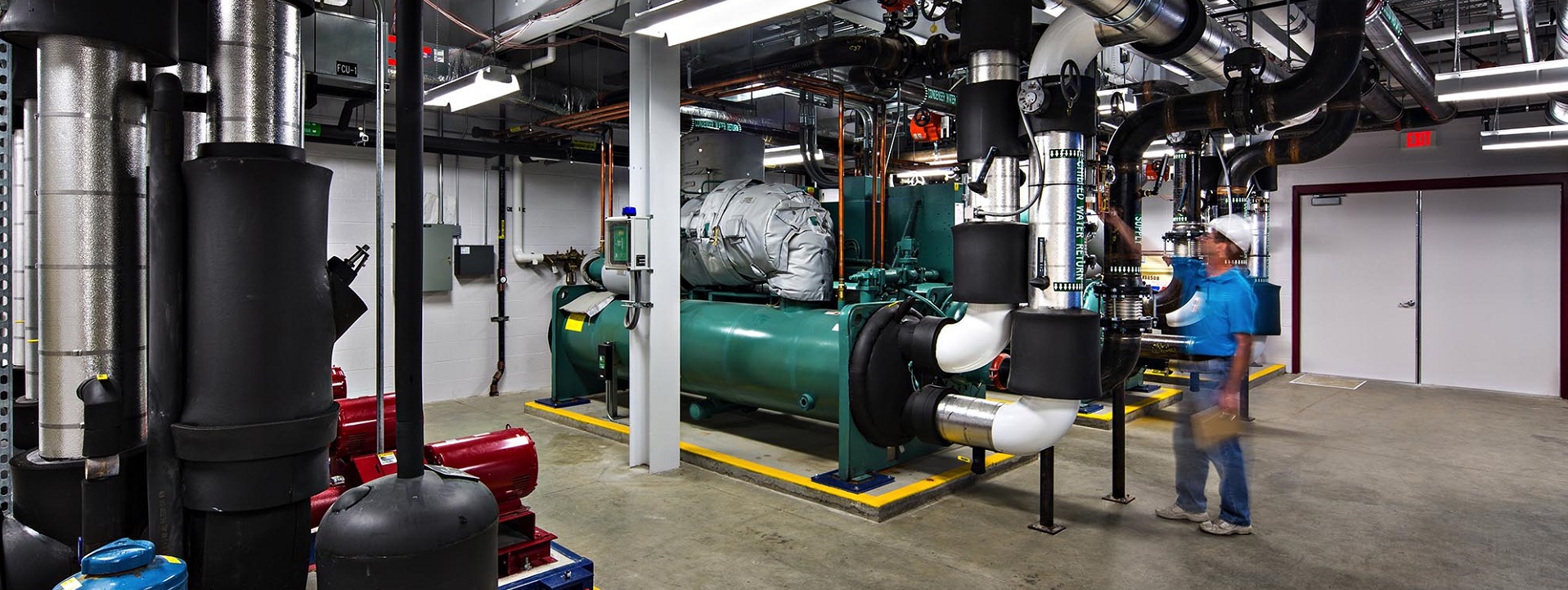
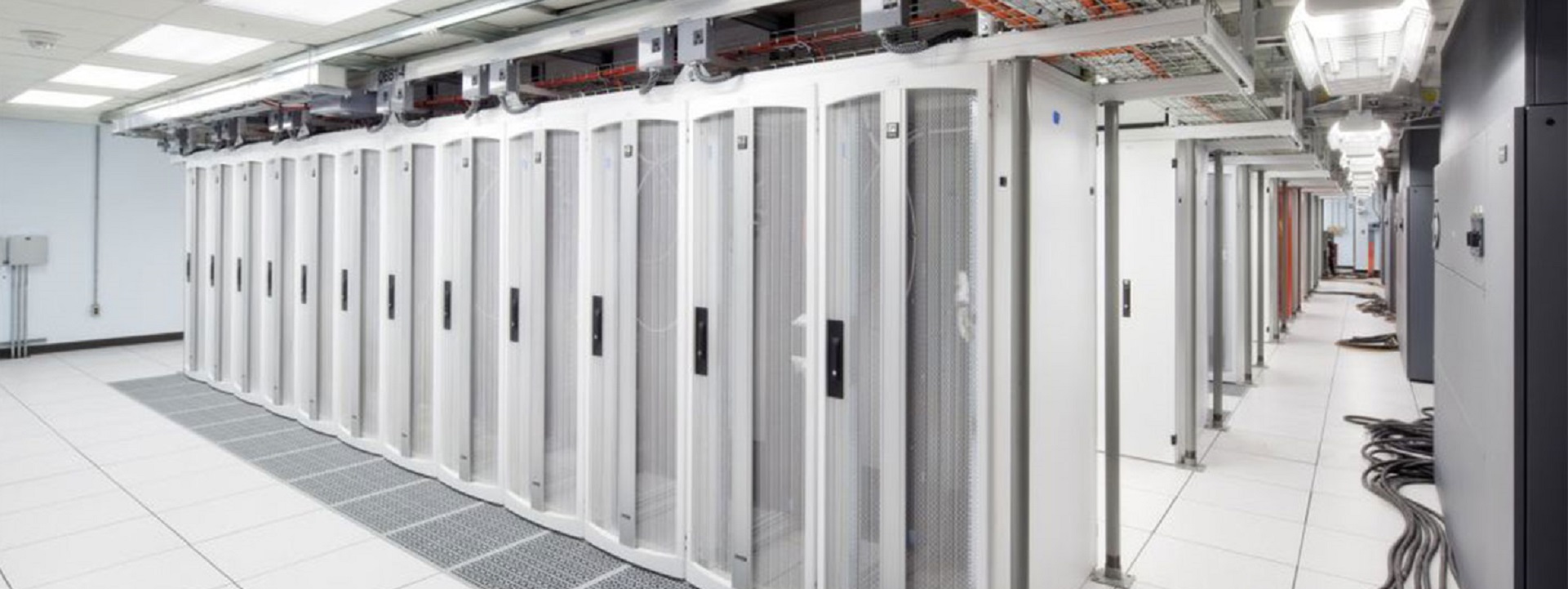
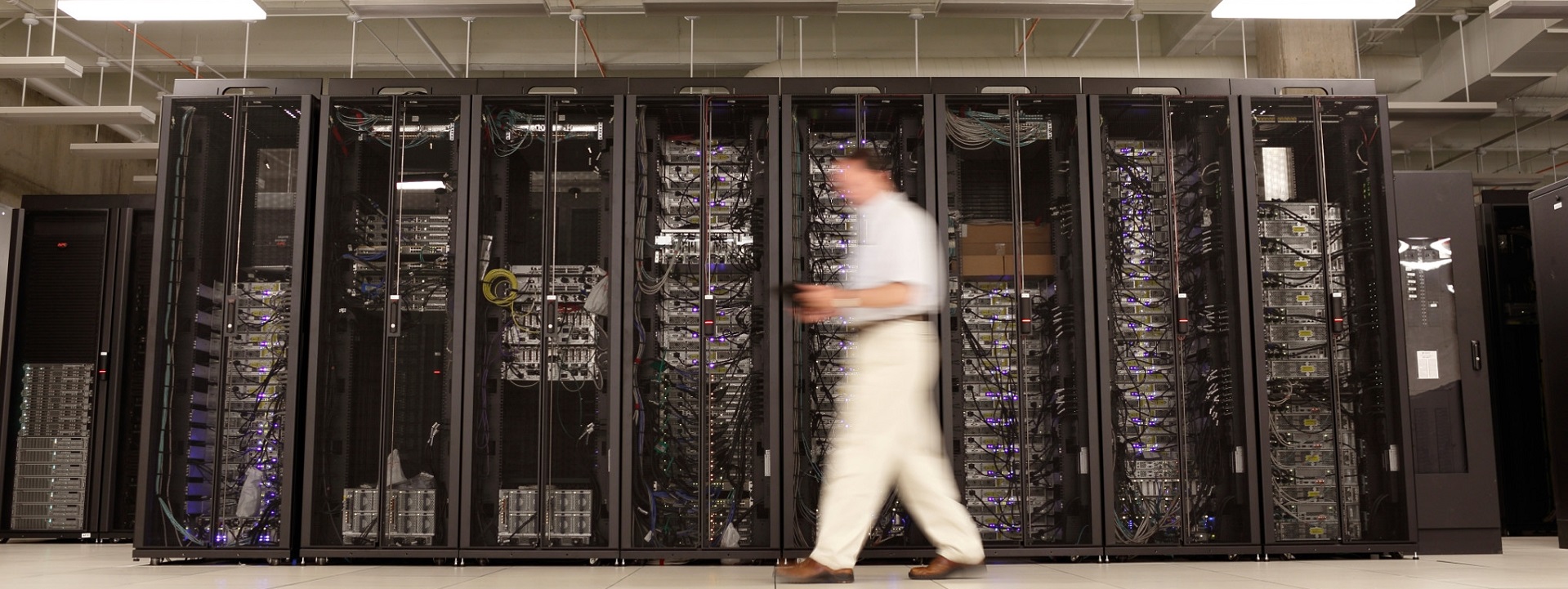
Issue: [12-54]
Category: Telecommunications, Infotech, Energy
Colleagues: Mike Anthony, Robert G. Arno, Neal Dowling, Jim Harvey, Mike Hiler, Robert Schuerger, Larry Spielvogel
Anthropology of Religion: “The sacred and the profane are two modes of being in the world, two existential situations assumed by man in the course of his history.”
Sacred space: “For religious man, space is not homogeneous; he experiences interruptions, breaks in it; some parts of space are qualitatively different from others.”
The sacred as reality: “The sacred is equivalent to a power, and, in the last analysis, to reality. The sacred is saturated with being.”
Cosmic religion: “Religious man’s desire to live in the sacred is in fact equivalent to his desire to take up his abode in objective reality, not to let himself be paralyzed by the never-ceasing relativity of purely subjective experiences.”
Hierophany: “Every sacred space implies a hierophany, an irruption of the sacred that results in detaching a territory from the surrounding cosmic milieu and making it qualitatively different.”
Time and the sacred: “For religious man, time, like space, is neither homogeneous nor continuous. There are intervals of sacred time, and there are also intervals of profane time.”
The sacred in nature: “The cosmic liturgy, the mystery of nature’s participation in the drama of the divine, is a constant feature of the religious experience of archaic man.”
Symbolism of the center: “The religious experience of the nonhomogeneity of space is a primordial experience, homologizable to a founding of the world.”
Modern man and the sacred: “Modern nonreligious man assumes a new existential situation; he regards himself solely as the subject and agent of history, and he refuses all appeal to transcendence.”
The sacred in human life: “The sacred does not necessarily imply belief in God, in gods, or spirits, but refers to the experience of a reality and the source of a consciousness of existing in the world.”
Related:
History of Western Civilization Told Through the Acoustics of its Worship Spaces
Williams College is a private liberal arts college located in Williamstown, Massachusetts, USA. Founded in 1793, it is one of the oldest institutions of higher education in the United States. The college was established through a bequest of Colonel Ephraim Williams Jr., a war hero who died in the Battle of Lake George during the French and Indian War. In his will, Colonel Williams left funds for the establishment of a free school on the condition that it be located in Williamstown.
The cool parts of this job are the facilities I see – even the UWNR that I’ve operated before and still have labs to take with!!! pic.twitter.com/YCoNqV8gkJ
— Grace S. Vanderhei (@GraceMVanderhei) October 17, 2022
More than half of this year’s American Institute of Architects North Carolina (@AIA_NC) awards were won by @NCStateDesign students, faculty and alumni. 👏 Explore their projects: https://t.co/0J28nxhgC2 pic.twitter.com/ACpEgAQfsN
— NC State University (@NCState) January 19, 2024
North Carolina State University Facilities
New update alert! The 2022 update to the Trademark Assignment Dataset is now available online. Find 1.29 million trademark assignments, involving 2.28 million unique trademark properties issued by the USPTO between March 1952 and January 2023: https://t.co/njrDAbSpwB pic.twitter.com/GkAXrHoQ9T
— USPTO (@uspto) July 13, 2023
Standards Michigan Group, LLC
2723 South State Street | Suite 150
Ann Arbor, MI 48104 USA
888-746-3670
